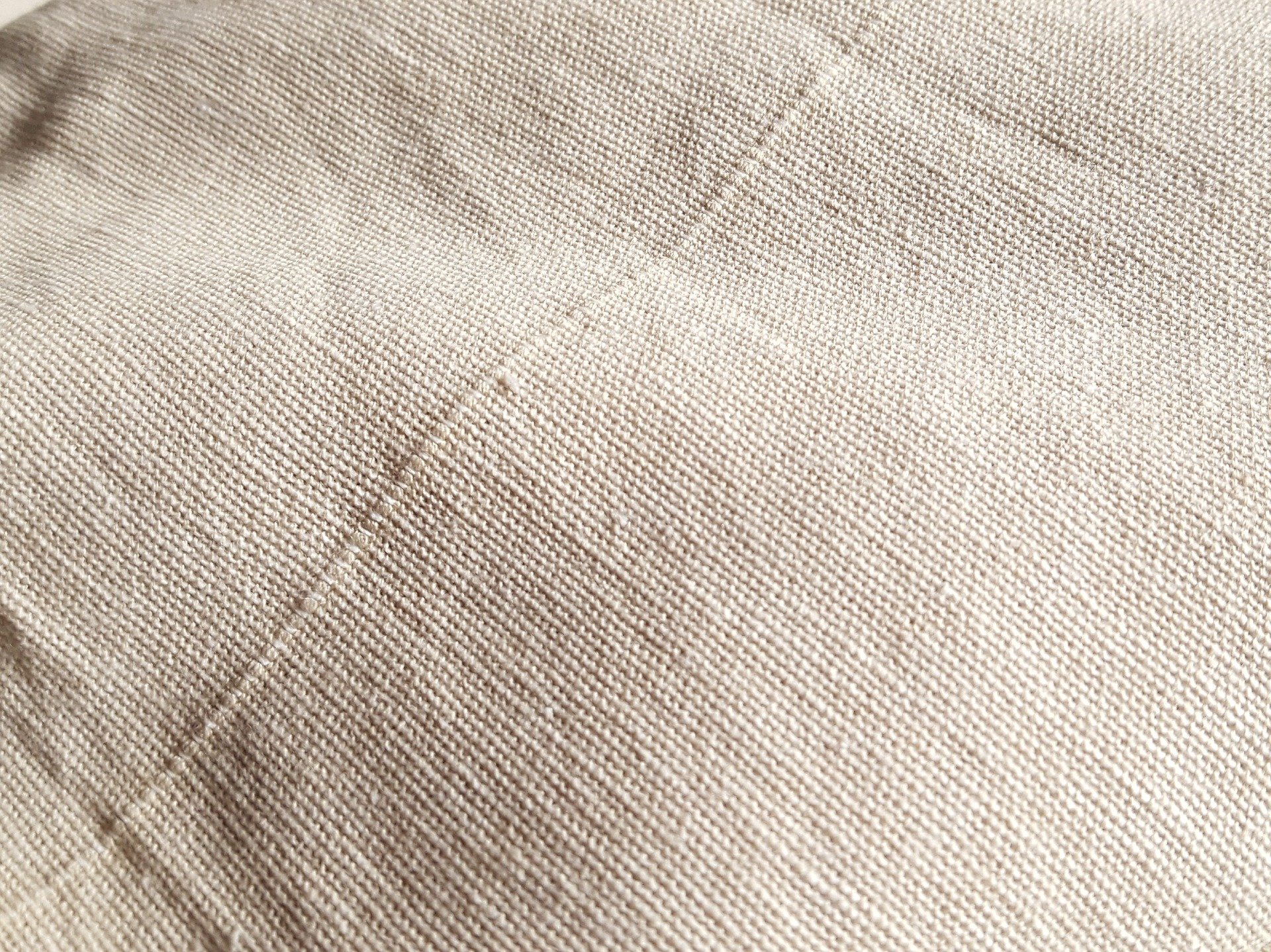Auto-Restraint
An auto-restraint is a unique adaptation of auto-armor technology - specifically medical utility skeletons - to suit a role as a form of safety restraint instead of a strength amplifier. Developed by technicians aboard Cloudgate Asylum, the auto-restraint allows violent or self-injurious inmates to be secured with a reduced risk of positional asphyxiation and claustophobia compared to traditional bed restrains or straight jackets.
Mechanics & Inner Workings
An auto-restraint is, in essence, an amalgam of an unpowered utility skeleton and a padded jumpsuit or web of padded restraints. The hands of the wearer are contained within a pair of thick mittens; blunt pairs of soft rubber 'fingers' protruding from the 'stumps' created by these mittens allow the wearer to manipulate objects to a limited degree, but are not sharp or hard enough to serve as weapons. Additional protecive measures, such as spit shields, bite guards, or medication pumps, can be affixed to the suit's many 'hard points.' The actual jumpsuit or restraint web features locking securing straps, and each joint actuator can be locked individually as required for a given situation.
In the early versions of auto-restrains, the limb actuators were filled with a colloid which would stiffen in response to impact or aggressive motion. This would make it so that, while a patient strapped into such a suit could move slowly and deliberately, running or attacking would cause the suit's joints to temporarily go rigid and, thus, defeat such an action. Later, Vale Mechatronics contractors noted that it would be better to rig up special pneumatic dampening valves, as these could be tuned to suit specific use profiles. For example, such a suit could be attached to an external pneumatic umbilical for use as a traditional man amplifier or, with the implementation of the appropriate dieseltech computer programming gaskets, could be 'puppeted' in the manner of a stage automaton.
The Cloudgate administration opted to take VM's suggestion for the next version of the auto-restraint and improved upon it by implementing such features in conjunction with the facility's unique administrative autonet. Umbilical lines were implemented in the high security wing - where such suits are most likely to be used - as well as special stations which could allow a seated wearer to have their valve settings changed remotely in response to changes in their medical records. Special 'roam packs' connected to radio transcievers allow some degree of free-roaming within the facility, but entering a restricted area would cause all the actuator valves to immediately close in response.
Significance
The first auto-restrains were created through serendipity. An orderly aboard Cloudgate Asylum was called to assist with restraining a strong, unruly patient - only to find that his hospital-provided utility skeleton was non-functional. The orderly tried to bring his suit into the fracas in progress anyways, as any protection against impacts would be useful in a grappling match with an unstable patient, but he found that the unpowered pneumatic joints resisted his every move as was forced to abandon it.
While the incident was eventually resolved by other staff, the orderly hit upon the idea that, if the suit could contstrain him, it might be possible to combine it with additional restrains to create a way for aggressive patients to move (or be moved remotely) while still being hobbled enough to be prevented from hurting themselves or others. While straight jackets and bed restraints were the sine non qua of patient restraint at the time, there were recent incidents of positional asphyxia on the orderly's mind. As time went on and the patient began responding to treatments, the resistance offered by such a suit could be tuned so that, in time, the patient could move around somewhat freely. Cloudgate Asylum was, and is, dedicated to treatment and research into treatments which might offer inmates a chance at freedom someday; this progressive increase in personal freedom could serve as a tangible way to acknowledge a high-risk patient's progress towards stability and, ultimately, recovery.
Item type
Clothing / Accessory
Current Location
Manufacturer
Related Technologies
Related ethnicities
Related Condition
Rarity
As of the year 10,000 AR, auto-restraints are found only aboard Cloudgate Asylum. This is both because the suit remains experimental at this time and because of the rather high price of each unit. However, other mental health institutions have entered into talks with Vale Mechatronics to purchase future versions of the suit should their implementation aboard Cloudgate prove safe and effective.
Weight
50 lbs




Very nice take on a problematic piece of socials. Especially now that positional asphyxia has hit the news so strongly...